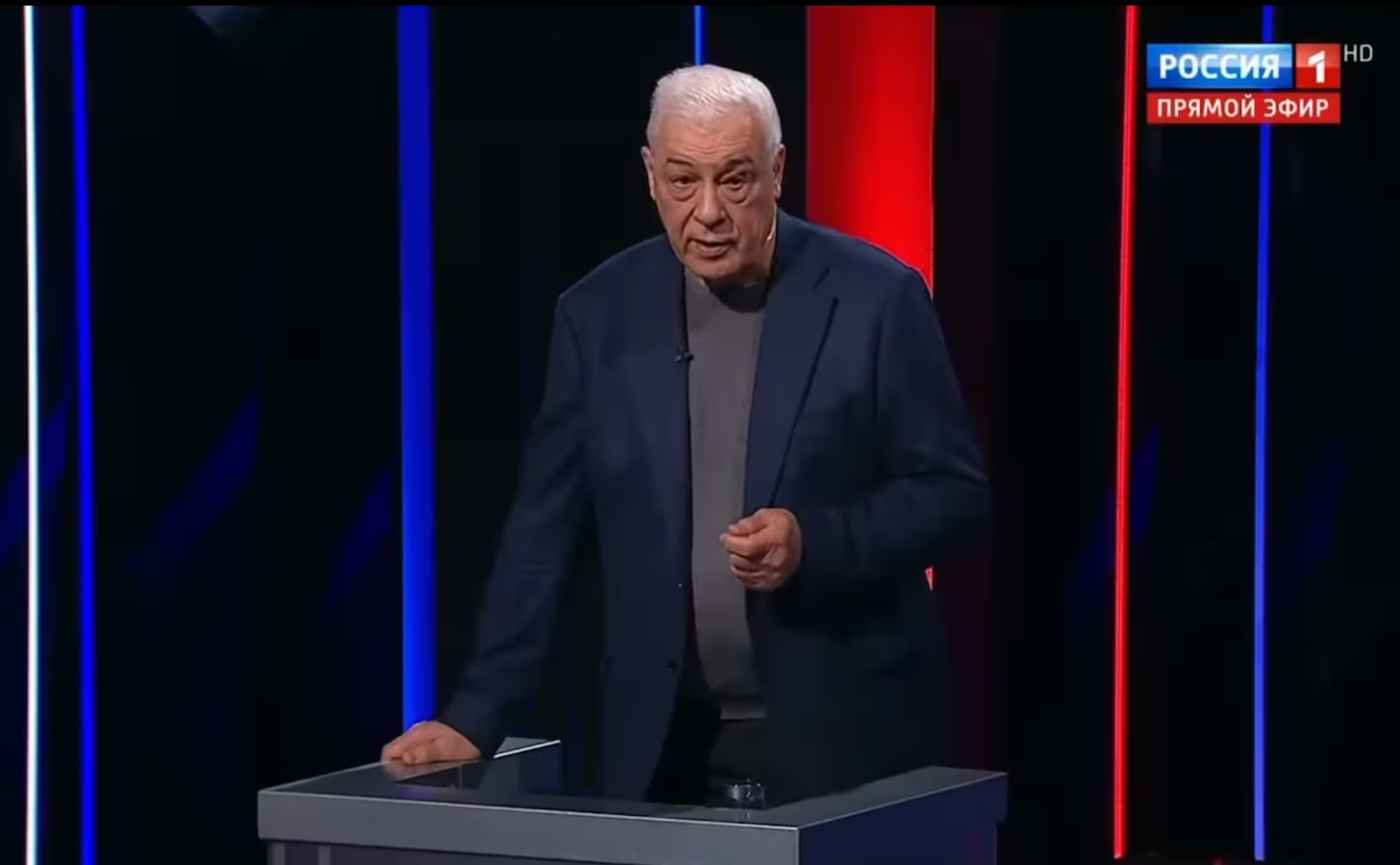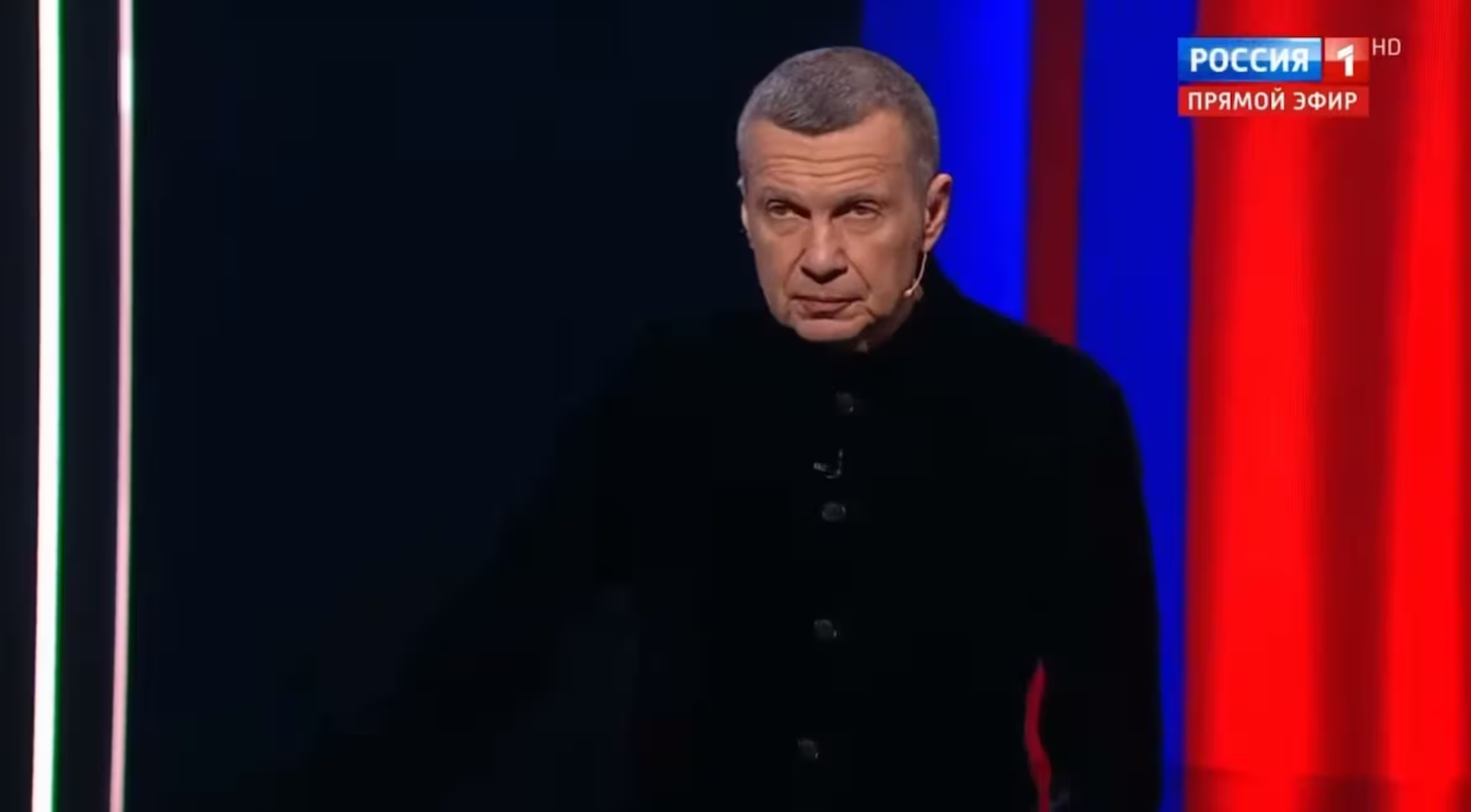Russian Lieutenant General Yevgeny Buzhinsky, a former high-ranking officer and frequent state media commentator, has suggested that Russia could strike the United States with intercontinental ballistic missiles (ICBMs), even without deploying them to the contested Kuril Islands. His remarks, made during a discussion on Russian state television, come amid heightened tensions with the West.

Buzhinsky claimed that missiles stationed in Russia’s Far Eastern region of Chukotka — rather than the Kurils, which lie closer to Japan — would be capable of reaching U.S. territory, including San Francisco.
“We can reach San Francisco — even if we deploy not on the Kurils, but in Chukotka,” Buzhinsky said. “With our missile, like the Rubezh or the Oreshnik, it’s definitely possible.”
The conversation occurred during a broadcast hosted by prominent pro-Kremlin figure Vladimir Solovyov, who echoed support for the idea. The discussion began with speculation on potential U.S. missile deployments and quickly turned to Russia’s ability to respond.

“What about our beautiful islands, that chain right next to Japan?” Solovyov asked, referencing the Kuril Islands.
“Yes, there’s plenty [of land],” Buzhinsky responded, adding, “Let’s not deny ourselves this pleasure — we should deploy them.”
The Kuril Islands are a chain of volcanic islands between Russia and Japan. Russia controls them, but Japan claims the four southernmost islands: Iturup, Kunashir, Shikotan, and the Habomai islets. The dispute dates back to World War II and has prevented a formal peace treaty between the two countries. The islands are strategically important and rich in natural resources. Russia has increased its military presence there in recent years.
Kuril Islands & Chukotka
The Kuril Islands are a chain of volcanic islands stretching approximately 1,300 kilometers from Russia’s Kamchatka Peninsula to Japan’s northern island of Hokkaido, separating the Sea of Okhotsk from the North Pacific Ocean.
The archipelago, consisting of 56 islands, is at the center of a long-standing territorial dispute between Russia and Japan. The disagreement specifically concerns the four southernmost islands — Iturup, Kunashir, Shikotan, and the Habomai islets — which were occupied by Soviet forces at the end of World War II.
While Russia administers the entire chain as part of Sakhalin Oblast and considers it sovereign territory, Japan claims the southern islands, referring to them as the Northern Territories.
The islands hold significant strategic and economic value, with rich fishing grounds, potential oil and gas reserves, and increasing military importance. Ongoing Russian military buildup on the islands has further complicated diplomatic efforts to resolve the dispute, which has prevented the two countries from signing a formal peace treaty since the end of WWII.
On the other hand, Chukotka, officially known as the Chukotka Autonomous Okrug, is a remote region in the far northeast of Russia. It lies across the Bering Strait from Alaska and forms part of Russia’s Far Eastern Federal District. The region shares coastlines with both the Arctic Ocean to the north and the Bering Sea to the east, making it the closest Russian territory to the United States — just about 85 kilometers from Alaska at its narrowest point.
Follow Daryo's official Instagram and Twitter pages to keep current on world news.
Comments (0)